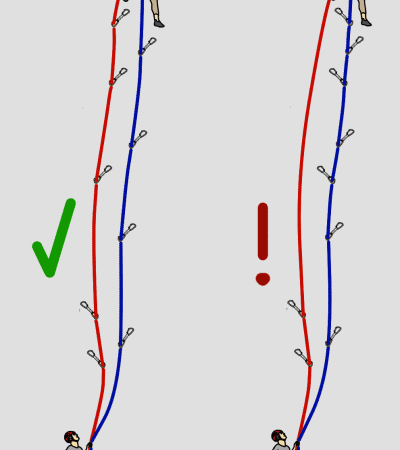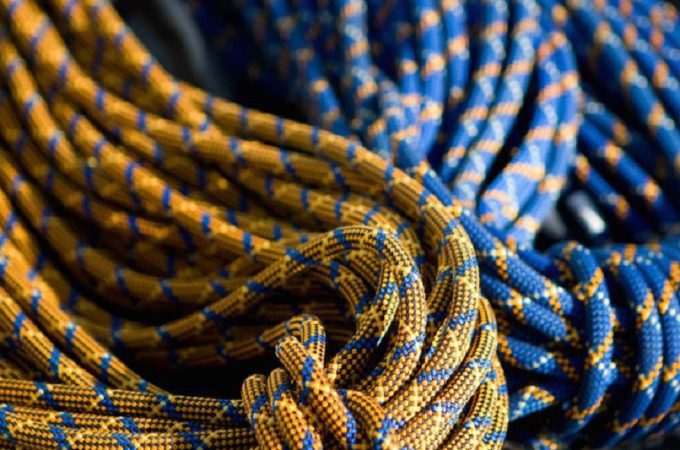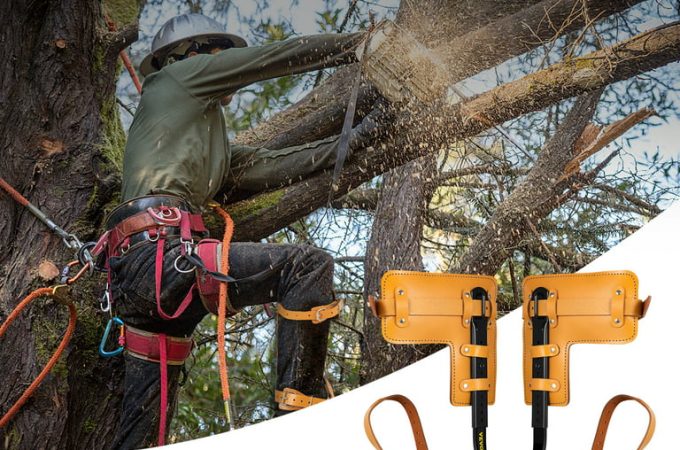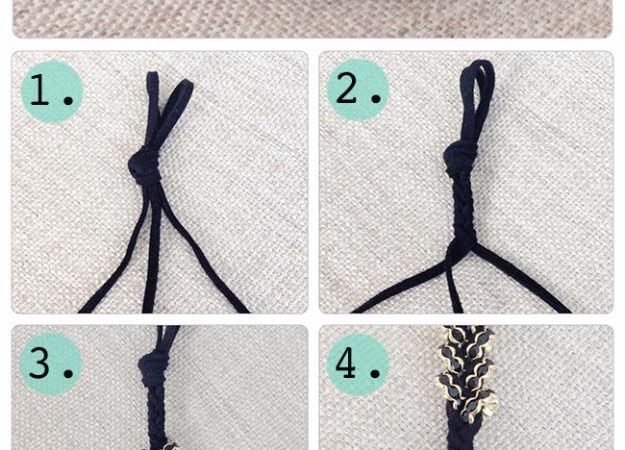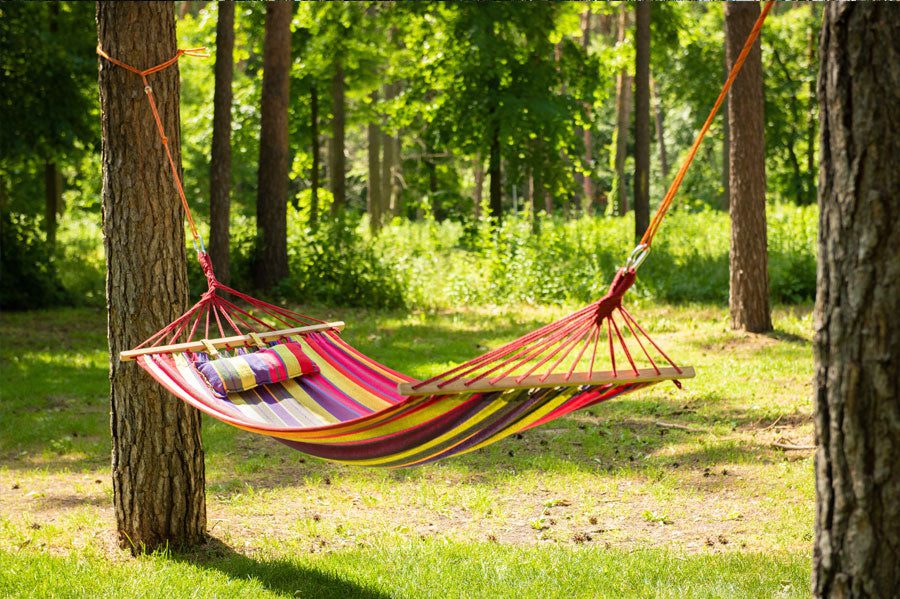
How to Tie a Rope Swing to a Tree: Secure & Safe Tips
To tie a rope swing to a tree, use a strong, weather-resistant rope and secure it with a bowline or clove hitch knot. Choose a sturdy branch at least 8 inches in diameter to ensure safety.
Contents at a Glance
ToggleSetting up the perfect rope swing involves both safety and enjoyment, blending outdoor fun with careful planning. Selecting the right tree and branch is critical; an oak or maple with a living, horizontal limb is ideal. The rope’s material is just as important; opt for a braided polyester or nylon for strength and durability.
Prior to installation, inspect the limb for any signs of weakness or disease. A properly tied knot, like the bowline, ensures the swing remains firmly in place while allowing for easy adjustments or removal. Remember to check local regulations to ensure your swing complies with any public space restrictions, and always prioritize the safety of all swing users.
Choosing The Right Tree
Before hanging a rope swing, it’s critical to ensure that the chosen tree is both healthy and stable. Conduct a thorough examination of the tree’s trunk and branches, checking for any signs of disease or decay. Only trees that are robust, with no evident damage or weakness, should be selected for rope swings.
Strong branches are a must, ideally those that are at least 8 inches in diameter to provide reliable support. These branches should be horizontal or at a slight angle to ensure the swing has a safe range of motion.
Trees like oak, maple, and beech commonly have the strength necessary to support a swing. Each species has distinct growth patterns and branch structures, so understanding these can be crucial to the longevity and safety of your swing setup. Fast-growing trees might lack the necessary strength and should typically be avoided for this purpose.

Credit: m.youtube.com
Necessary Materials And Tools
Choosing the right type of rope is fundamental for your swing’s durability and safety. Most experts recommend using either braided polyester or polypropylene ropes, as they offer excellent resistance to weather elements and minimal stretch. Natural fiber ropes, like manila or cotton, may offer an aesthetic appeal but are prone to rot and degradation over time.
For the swing seat, durability should be your top priority. A wooden plank or an old tire can serve as a comfortable and sturdy option. Ensure the seat material is smooth to prevent any splinters or cuts.
| Tool | Description |
|---|---|
| Ladder | To safely reach higher branches |
| Saw | To trim any obstructing branches |
| Drill with Bits | For creating precise holes |
| Measuring Tape | Ensures even swing height |
| Gloves | Provides grip and protects hands |
Preparing The Rope
Preparing the rope for your tree swing involves a few critical steps to ensure safety and durability. Initially, you need to determine the appropriate length of the rope. Measure the distance from the tree’s sturdy branch to the ground and add extra length for attaching knots and adjustments. Typically, this figure is doubled to create two lengths of rope for a traditional swing setup, but always round up to ensure you have enough.
To prevent the ends of the rope from fraying, seal them by melting or using a fray-preventative product. This process will extend the lifespan of your rope swing, maintaining the integrity of the fibers. Various knot types are recommended to promote maximum safety, such as the Bowline knot for securing the rope to the tree branch, and either a Figure-Eight Follow-Through or a Double Overhand Stopper knot for connecting the swing seat. Each knot has its own strengths, so selecting one that can bear weight and withstand movement is crucial.
Attachment Techniques
Attachment Techniques ensure your rope swing is both safe and durable. The foundation of a secure rope swing relies on proper weight distribution and securing knots. A step-by-step looping method begins with selecting a strong, healthy tree and a robust branch at least 8 inches in diameter. Throw the rope over the limb and follow through with an initial bowline knot to create a fixed loop that will not constrict the tree limb.
Weight distribution for swing stability is crucial. Ensure the swing hangs perpendicular to the branch and adjust the knot’s position to counterbalance the swinger’s weight. This prevents the swing from twisting or slipping.
As for Securing knots for long-term use, a secondary reinforcement knot should be tied. A double bowline or a fisherman’s knot can serve this purpose, providing an extra layer of security and minimizing the risk of the primary knot coming undone due to repetitive motion or weathering.
Regular Maintenance Checks
Regular maintenance checks are essential to ensure the longevity and safety of your rope swing. Establish a routine to inspect the rope for signs of wear and tear, which can include fraying, discoloration, or weakness in the material. Monthly inspections are recommended as a general guideline, but this frequency should increase with heavy use.
Detecting signs of rope degradation early can prevent accidents and extend the life of your swing. Look for unraveling strands or abrasions that may compromise the rope’s integrity. Exposure to weather elements such as sunlight and rain can hasten the breakdown of rope fibers.
Deciding when to replace your rope swing is crucial for safety. A good rule of thumb is to replace the rope if you notice significant wear or if it has been in use for several years, regardless of visible deterioration. Always use a rope that complies with recommended safety standards for outdoor equipment.
Safety Guidelines For Swing Use
Setting weight limits for users is crucial to ensure the longevity of the rope swing and safety of individuals. It’s essential to determine the maximum load capacity that both the rope and the selected tree branch can handle. This information is typically provided by the rope manufacturer and should be adhered to.
Children should always be supervised by an adult while using a rope swing. This supervision ensures that children are swinging safely and are not pushing the swing beyond its weight and speed capacities. Adults should instruct children on proper swing use to foster a safe playing environment.
For safe dismounting practices, it is imperative that users slow down before exiting the swing. A sudden or improper dismount can lead to injury and strain on the rope swing’s fixtures. Users should always ensure the swing is stationary before attempting to dismount, to minimize risk.
Environmental Considerations
Ensuring no harm comes to the tree during your rope swing installation is essential. Select a healthy, mature tree and avoid using hooks or bolts that can wound and introduce pathogens. Use tree-friendly straps that can be adjusted over time as the tree grows, minimizing disruption to the tree’s natural development.
For optimal tree health, place the swing away from the tree’s critical root zone to mitigate soil compaction, which can affect the tree’s roots. During installation, handle the tree with care, aiming to preserve the surrounding vegetation and soil structure.
| Eco-friendly Material | Advantages |
|---|---|
| Recycled Plastic Ropes | Durable and weather-resistant, minimizing the need for replacements |
| Reclaimed Wood Seats | Prevents deforestation and encourages the use of sustainable materials |
| Hemp Ropes | Biodegradable and produced with a low environmental footprint |
Frequently Asked Questions On How To Tie A Rope Swing To A Tree
How Do You Secure A Rope Swing To A Tree?
Select a sturdy tree branch. Use a strong rope like a braided polyester. Ensure the branch is healthy, free from disease. Loop the rope over the branch, avoid abrasions. Secure with a bowline knot or similar strong knot. Regularly check for wear and tear.
What Is The Best Knot To Tie A Swing To A Tree?
The best knot for a swing is the bowline knot, renowned for its strength and security. This knot creates a fixed loop that won’t slip under load, making it ideal for hanging swings safely.
How Do You Tie A Rope On A Tree?
Select a sturdy branch and loop your rope over it. Tie a secure knot, such as a bowline or clove hitch, ensuring tightness. Check the rope for safety before applying weight.
Will A Rope Swing Damage A Tree?
A rope swing can damage a tree if not installed properly. Use a wide, flat strap to minimize harm to the bark and branches. Regular inspections ensure the tree remains healthy.
Conclusion
Securing a rope swing to a tree can reignite childhood joy. Ensure safety and tree health with these steps. Now, grab your rope and embrace the outdoor fun. Share your adventures and spread the word—tree swings are back, with a reliable, eco-friendly twist.
Swing high, swing safe!

